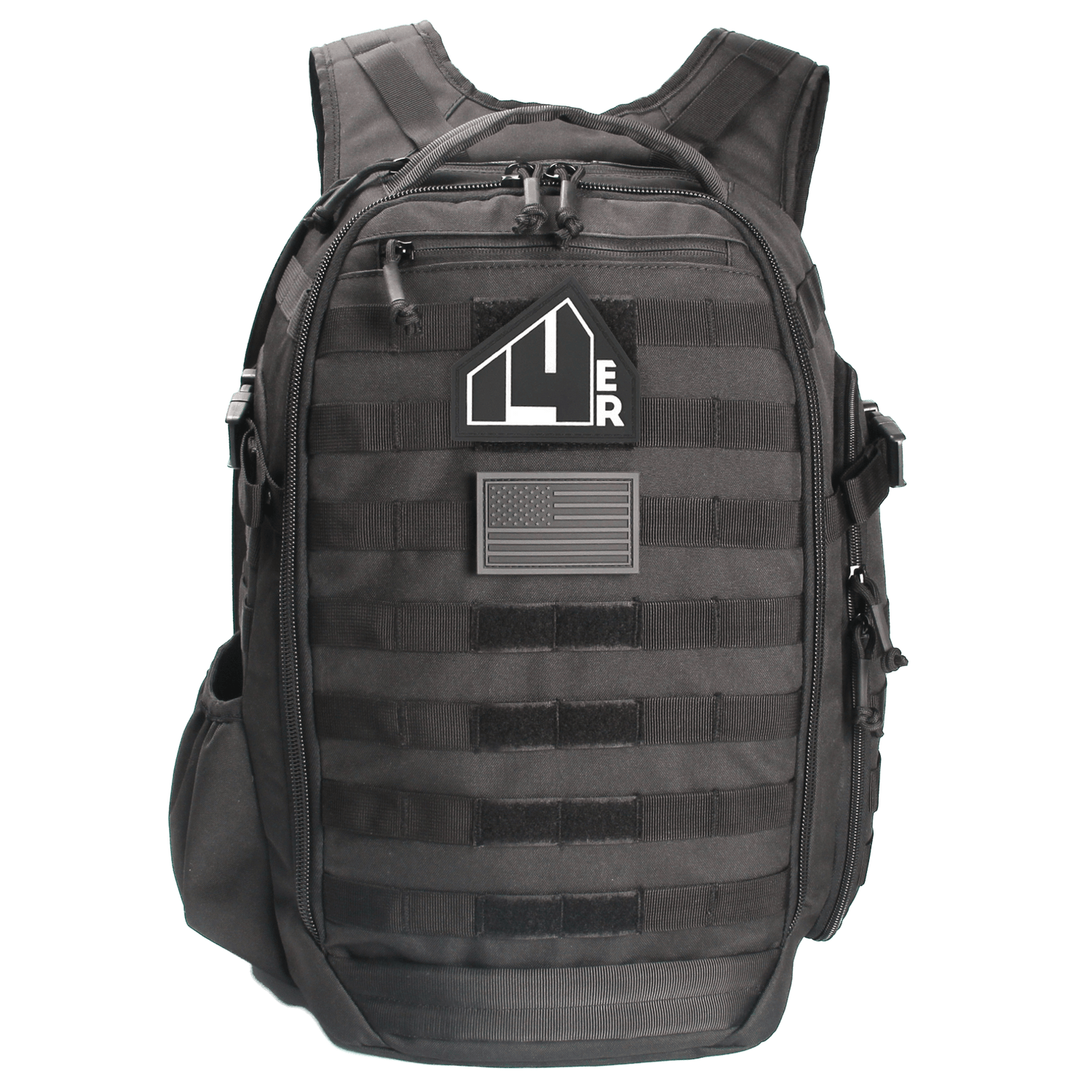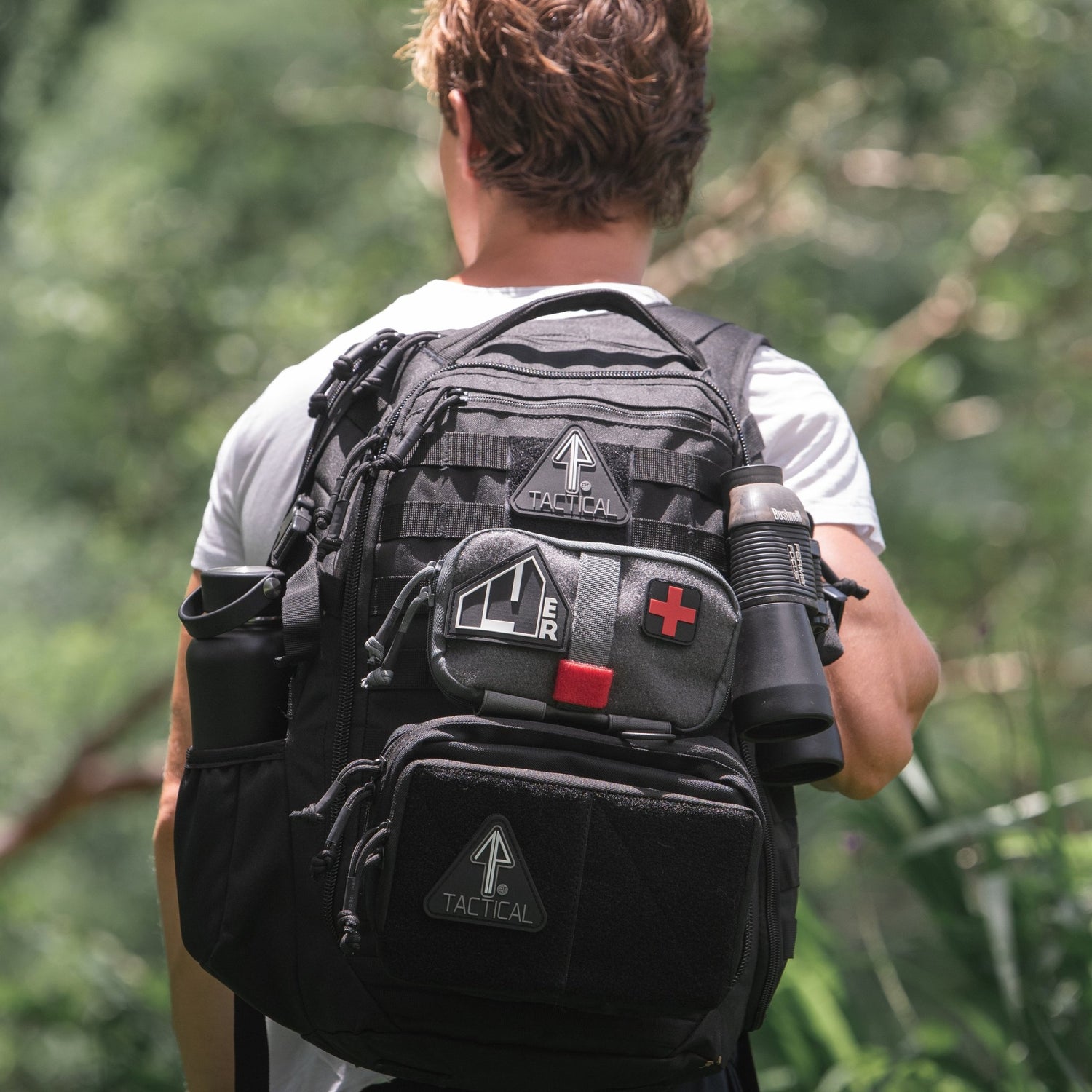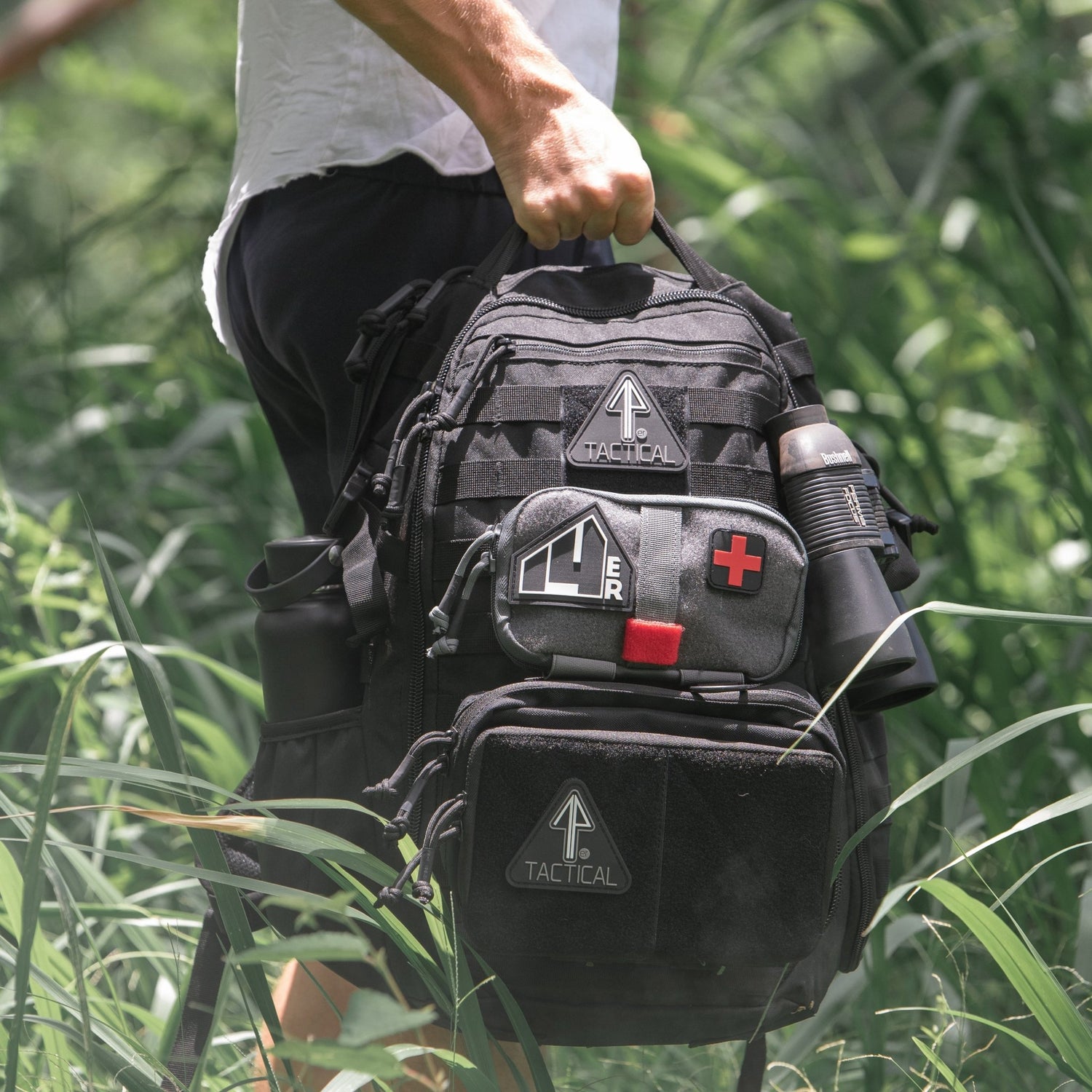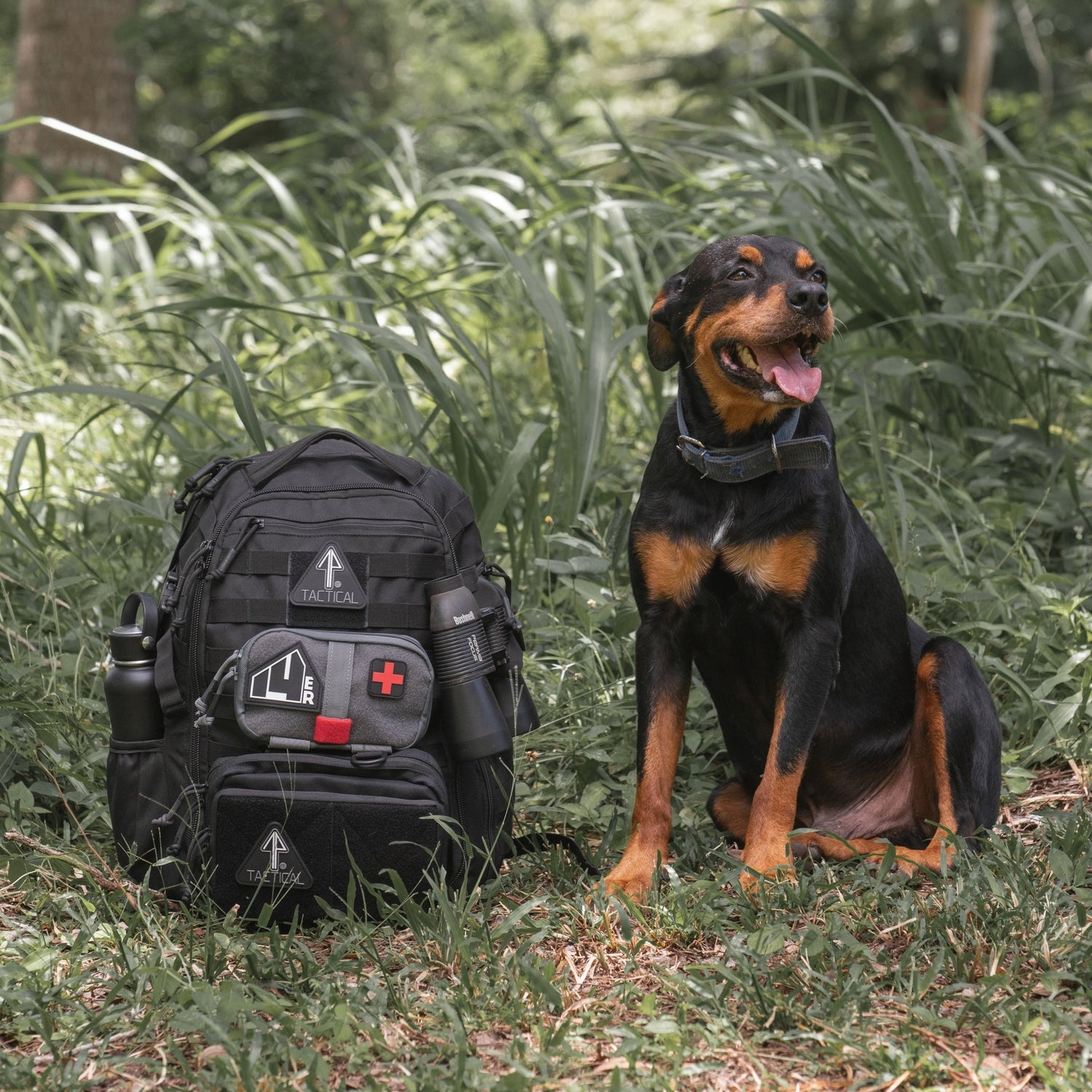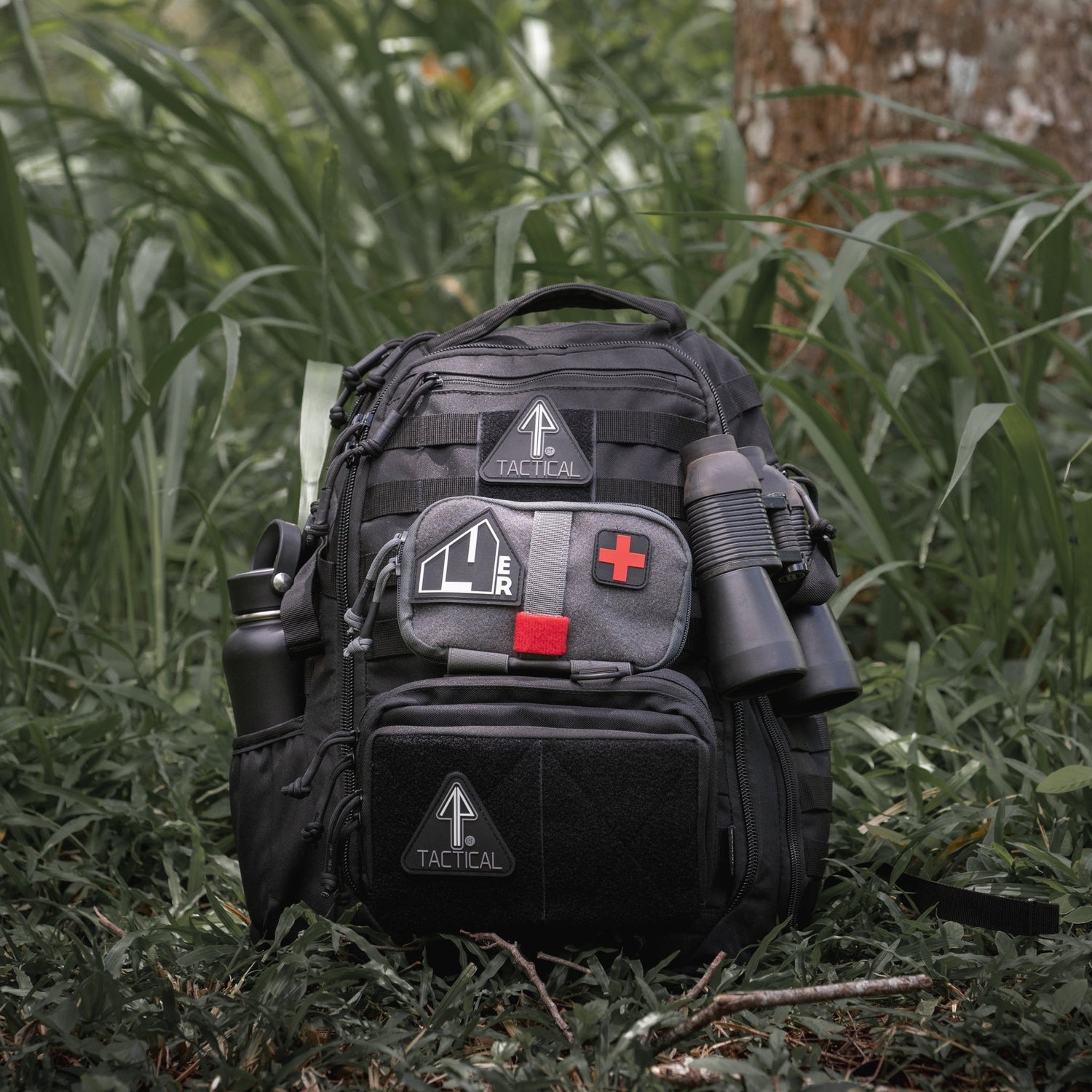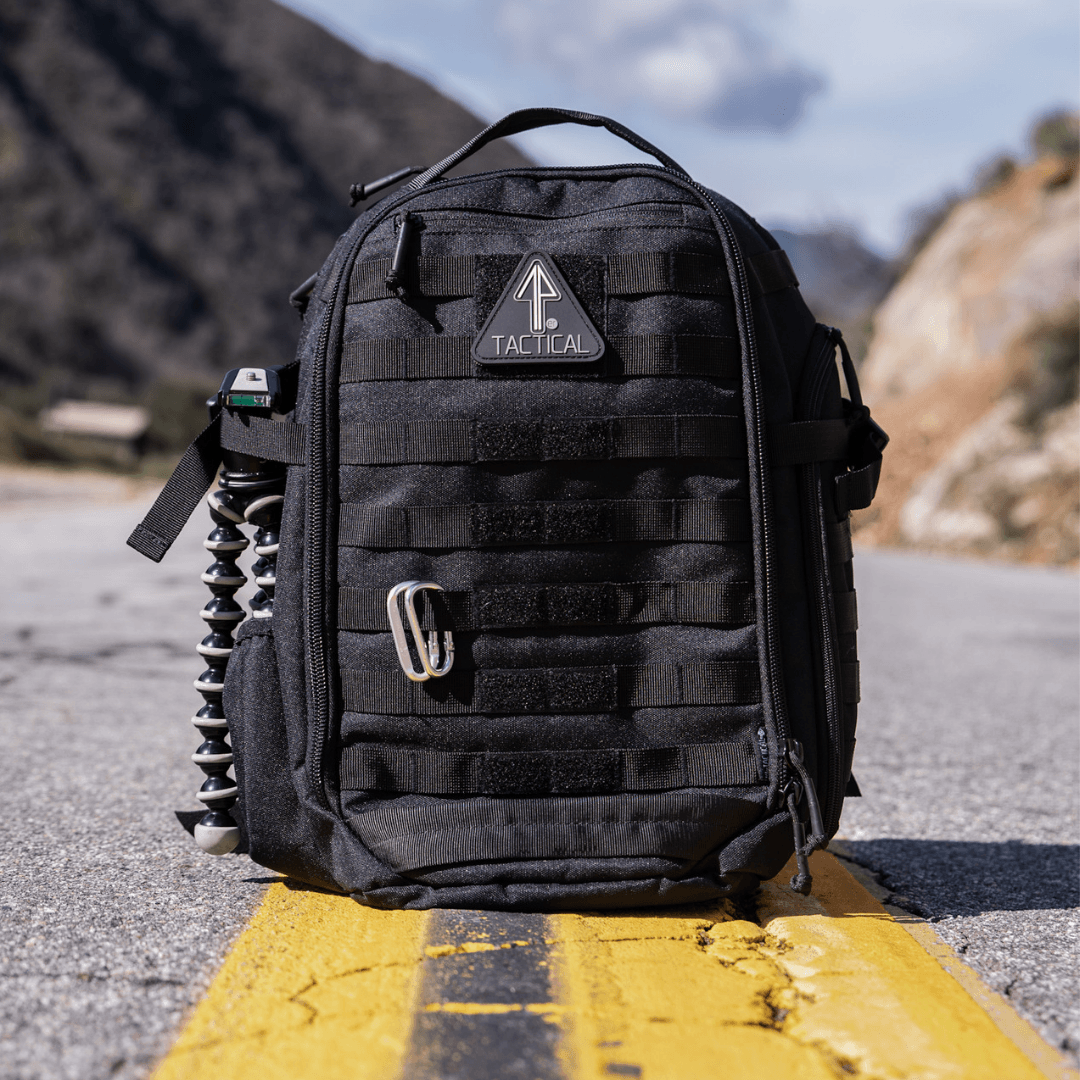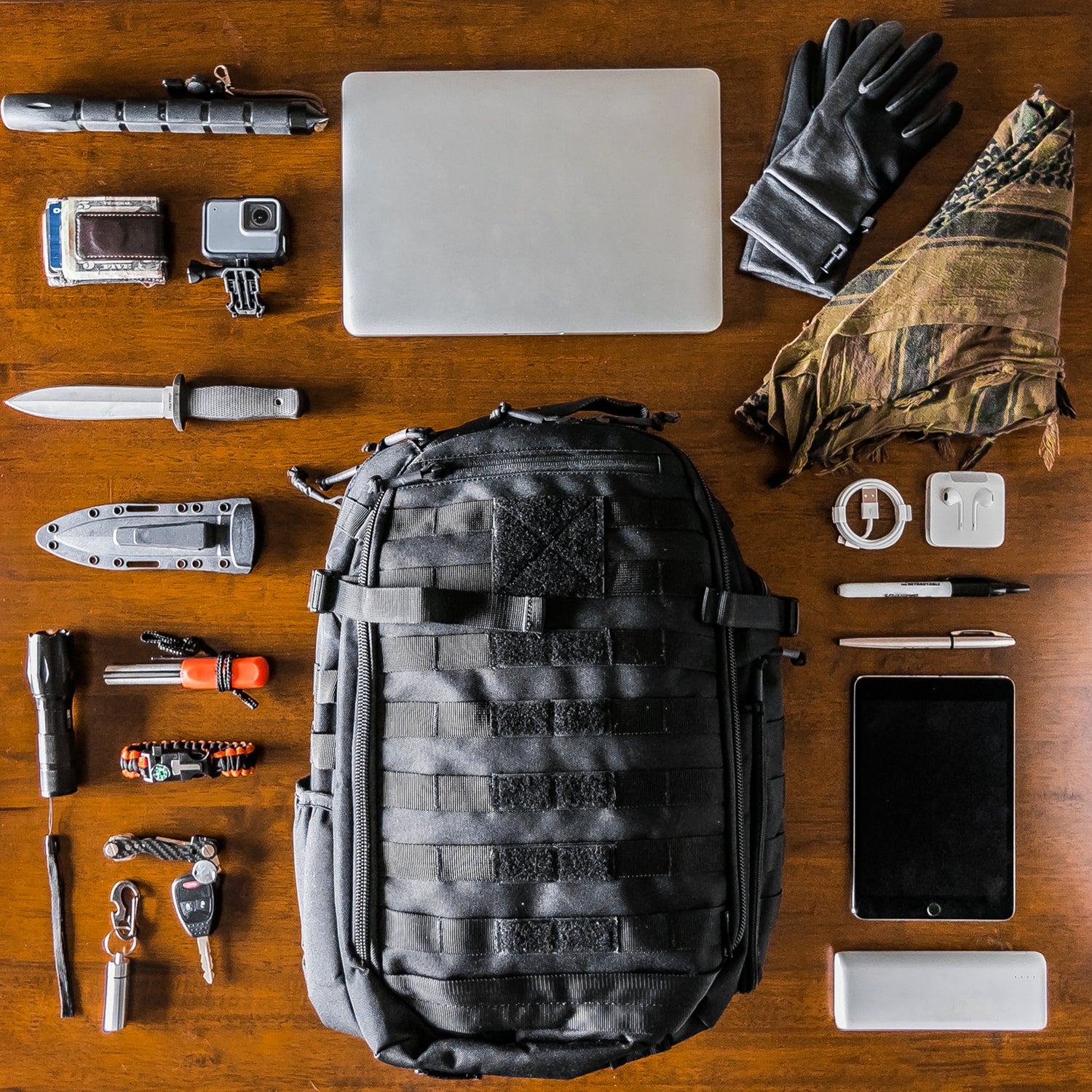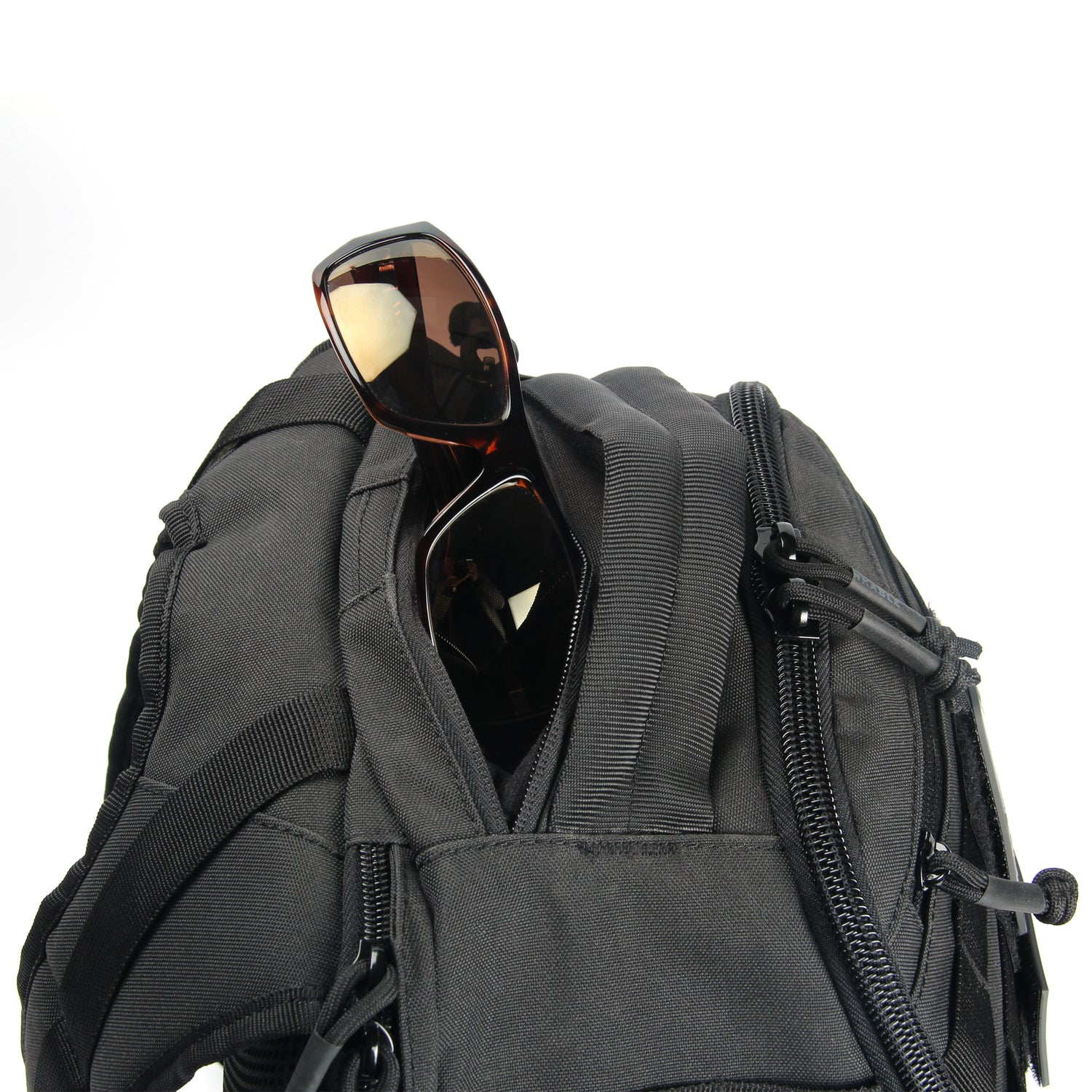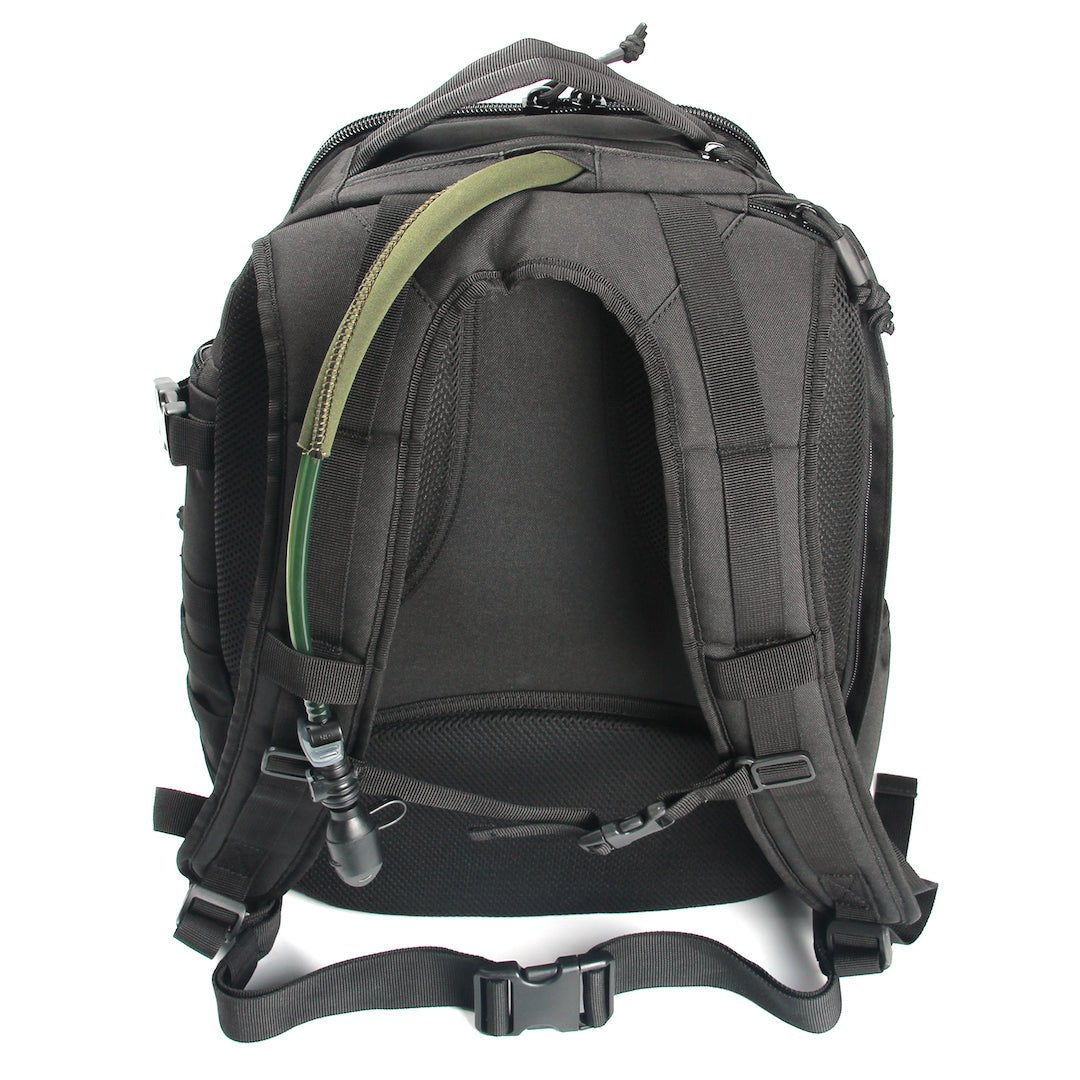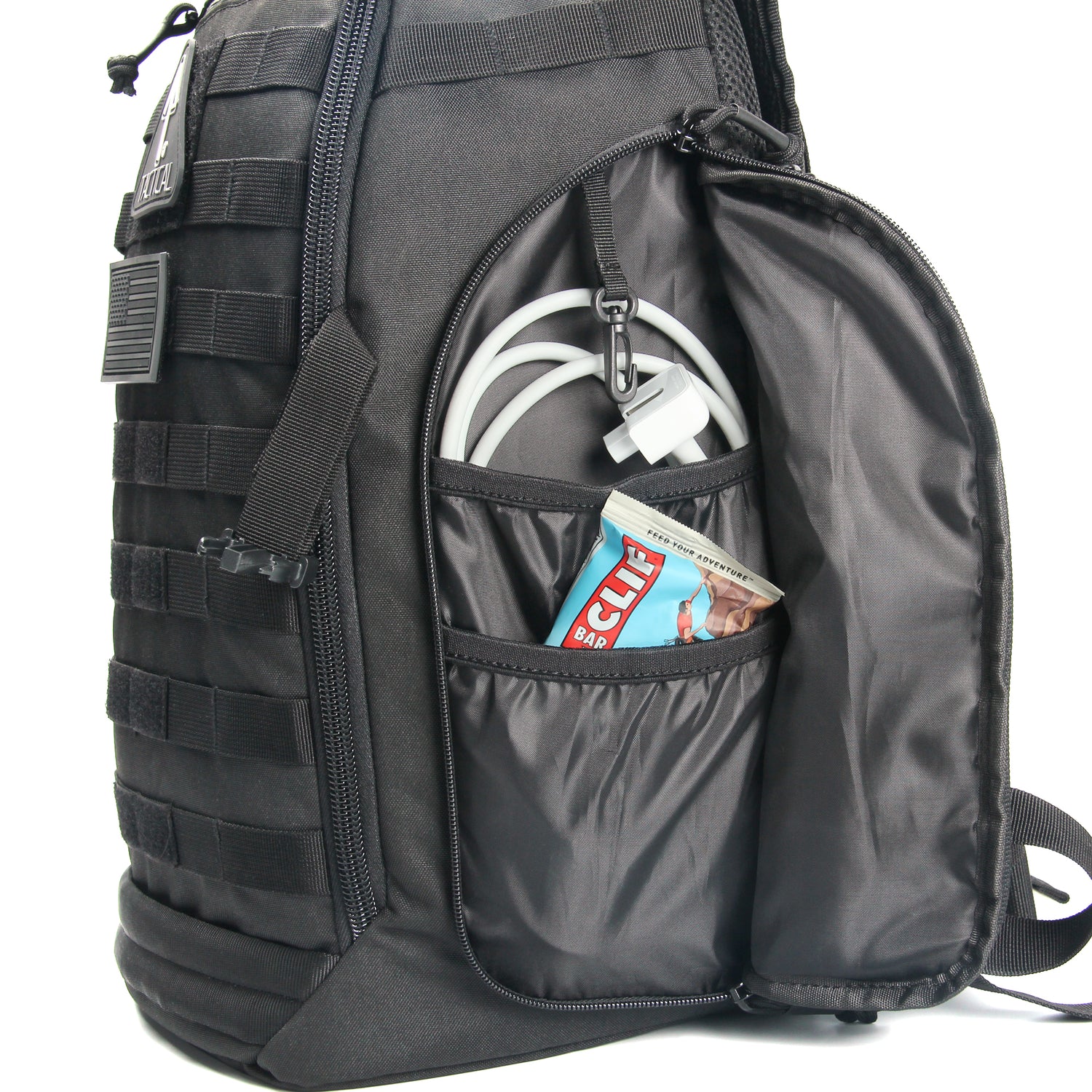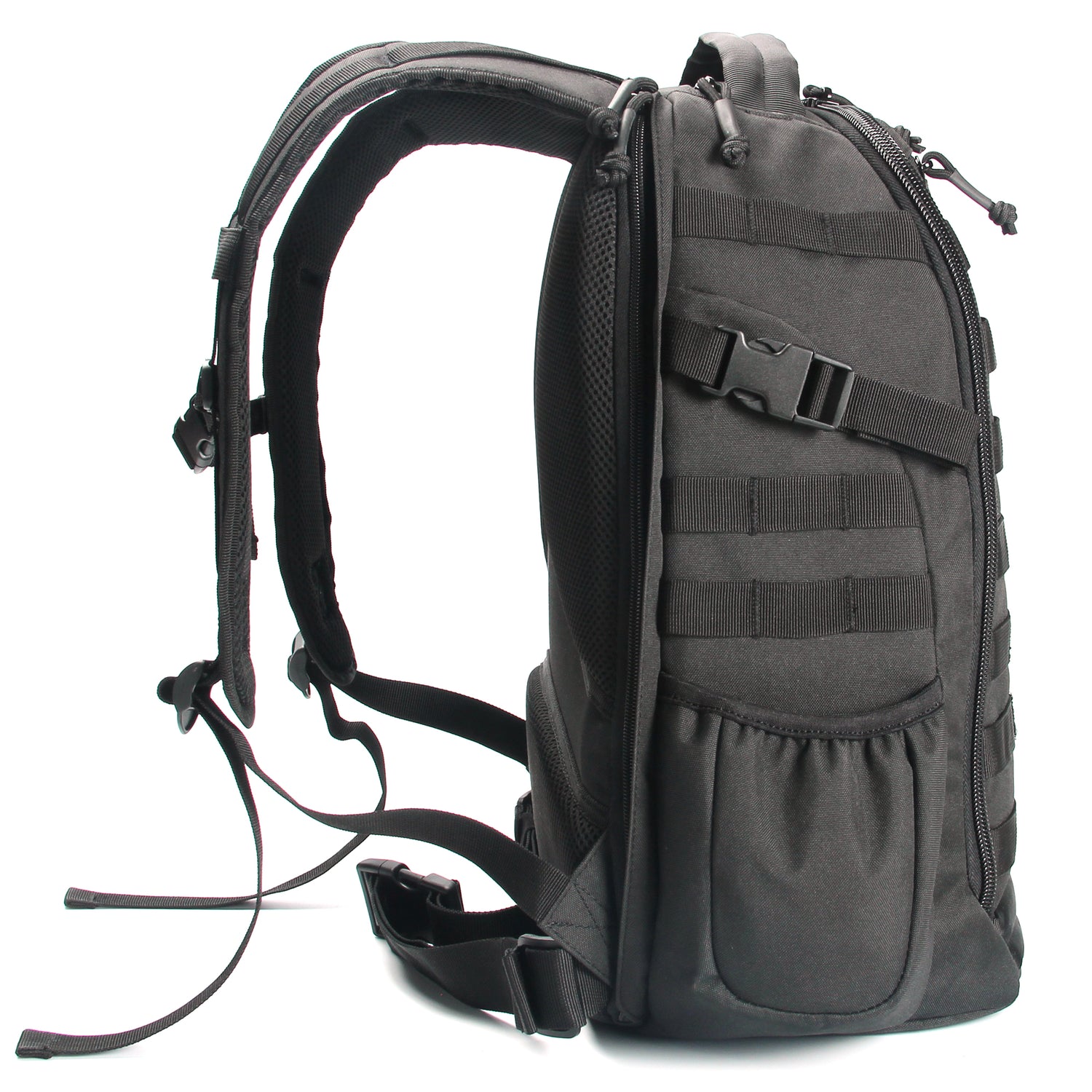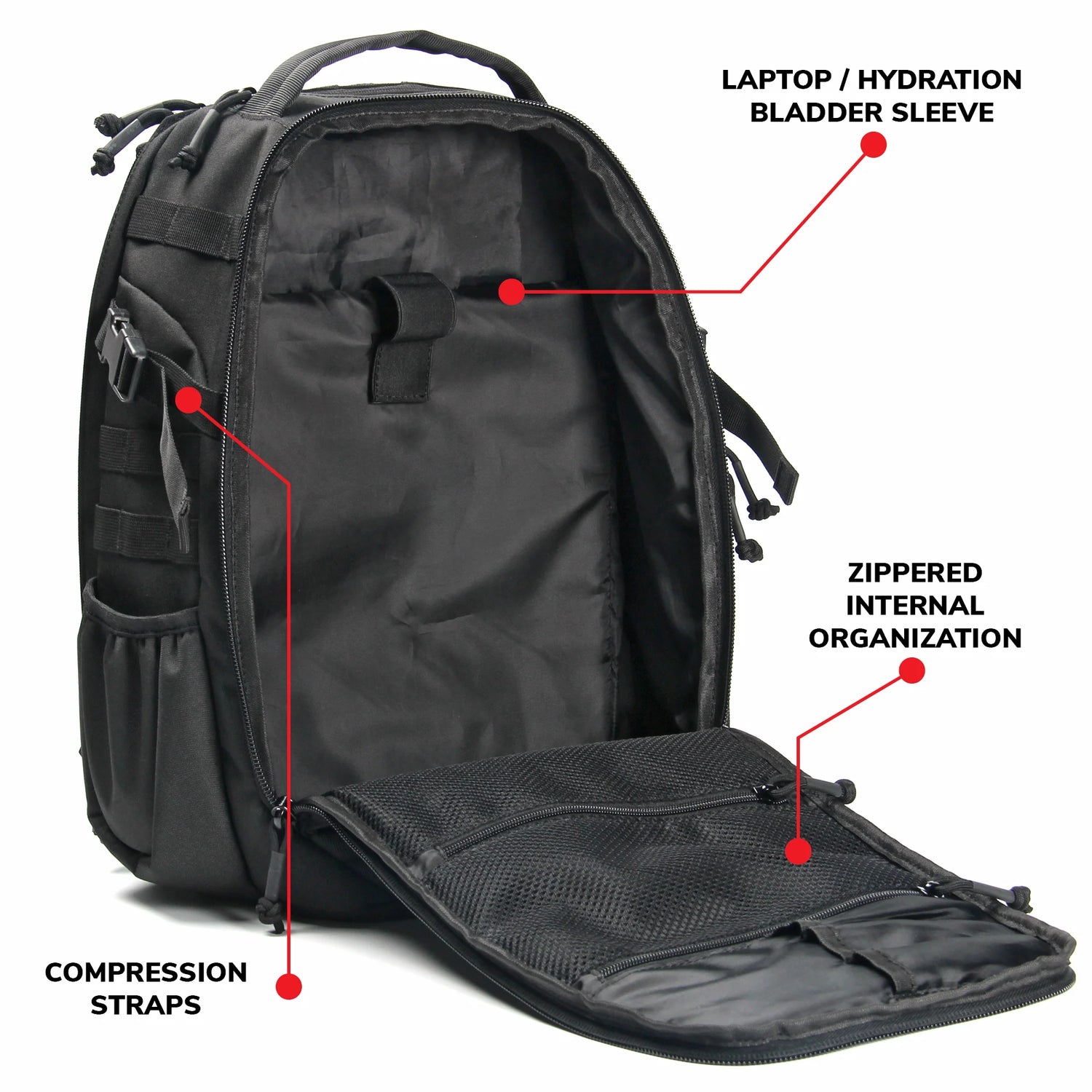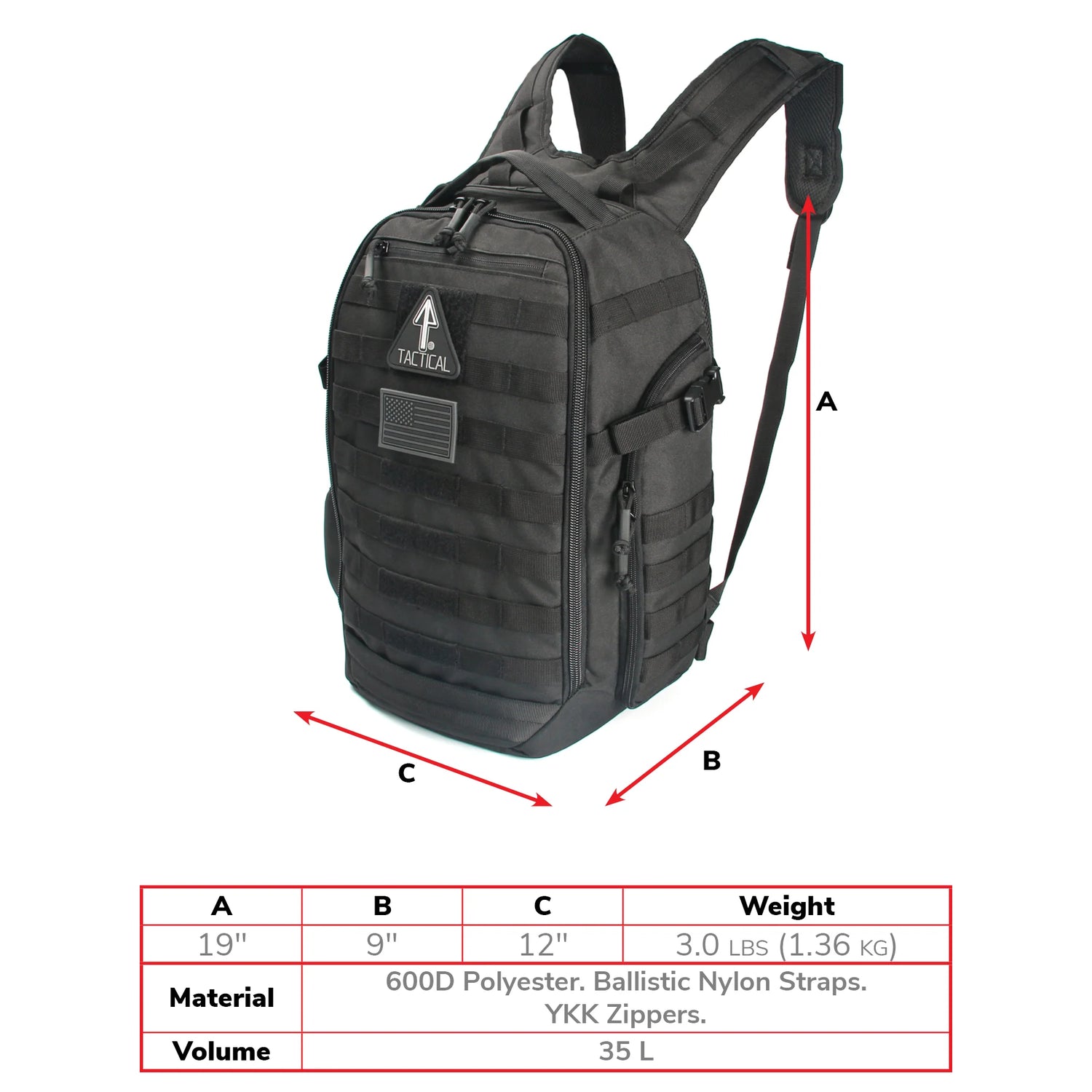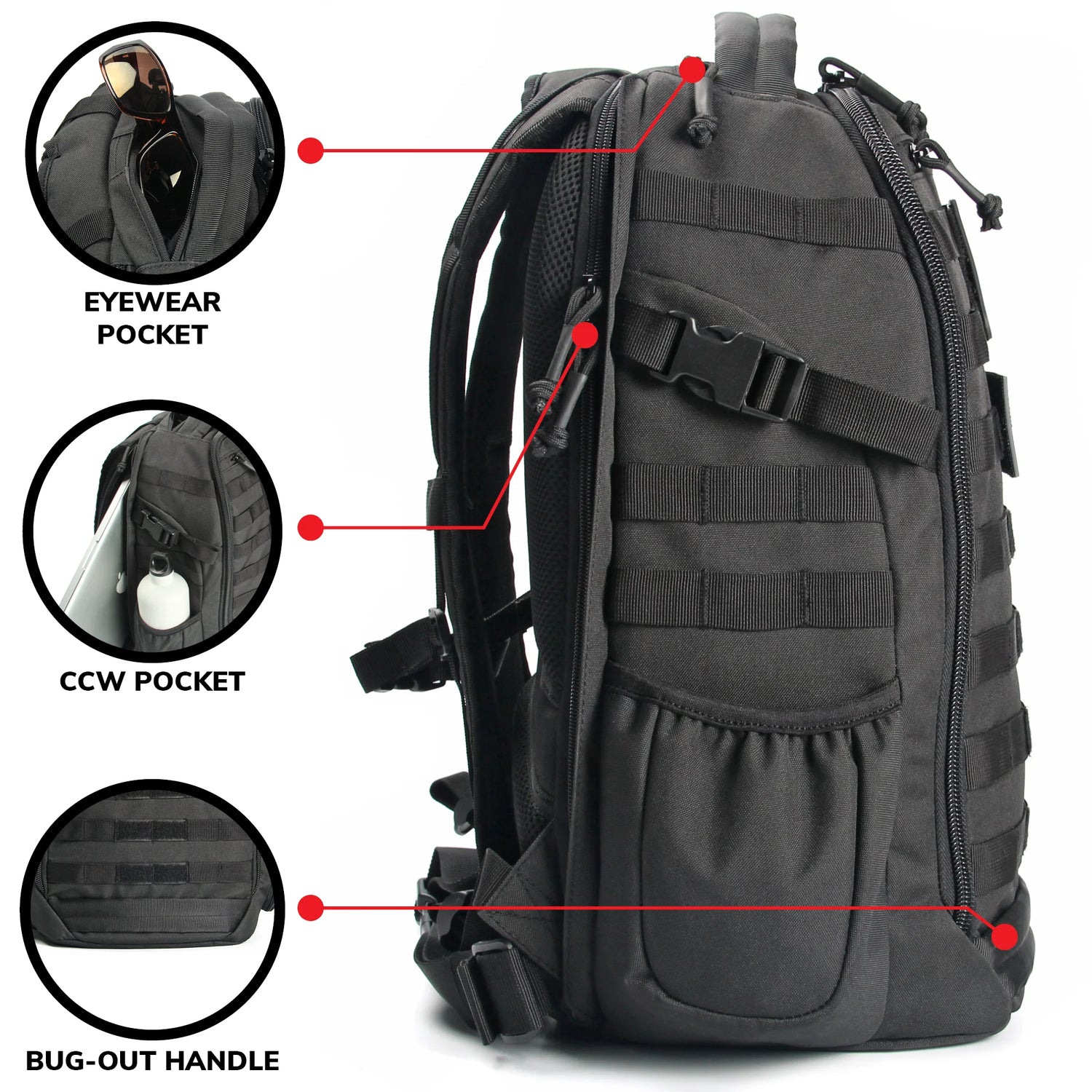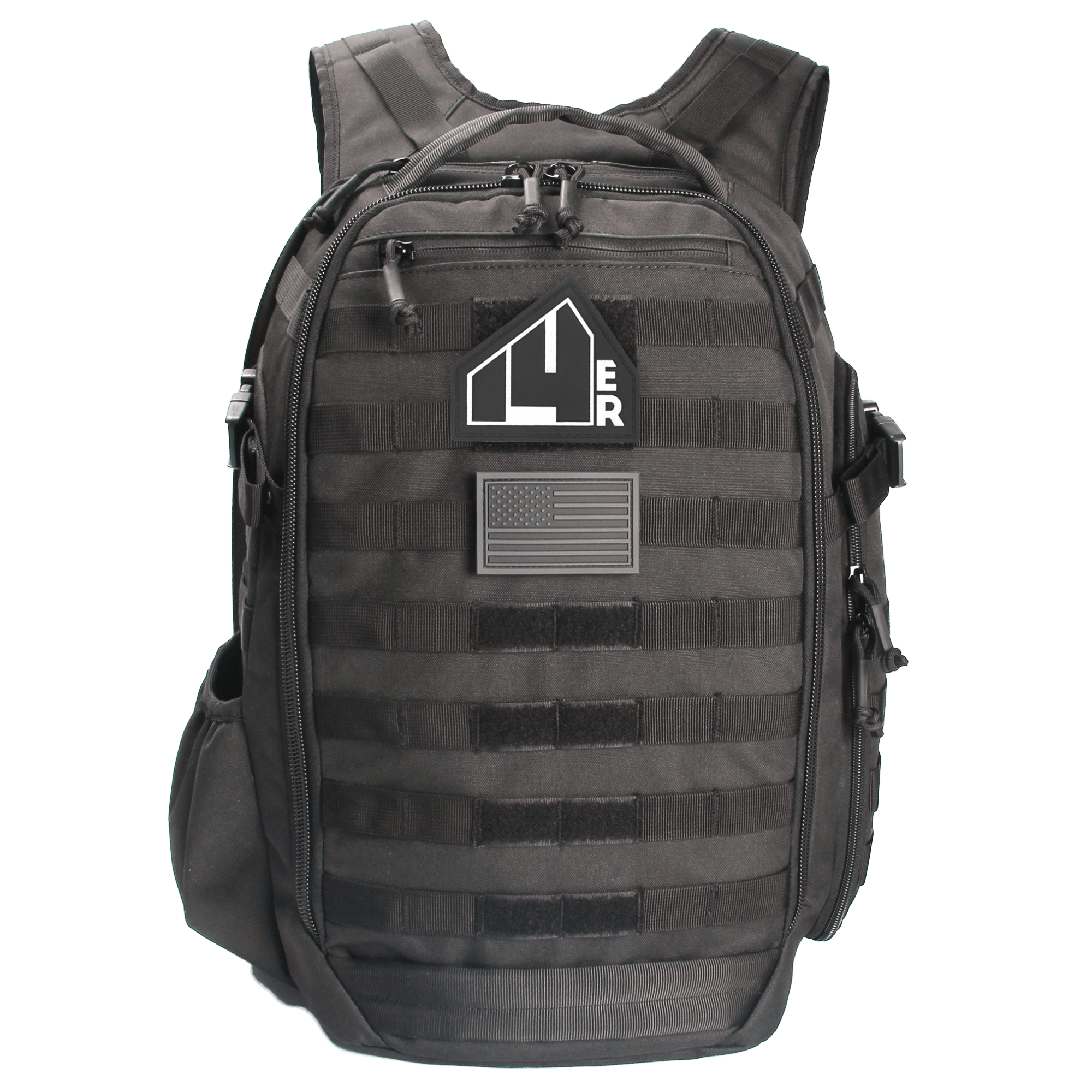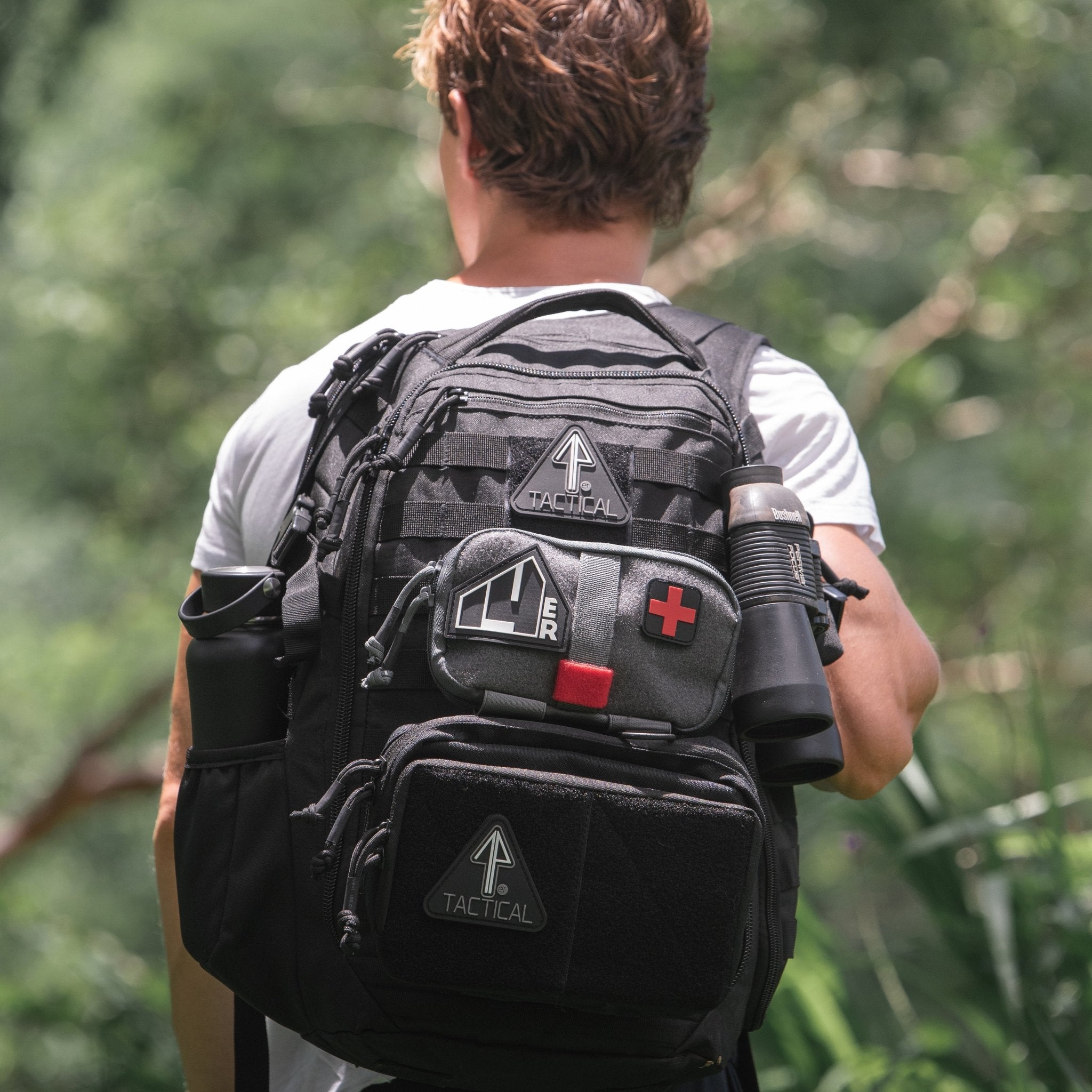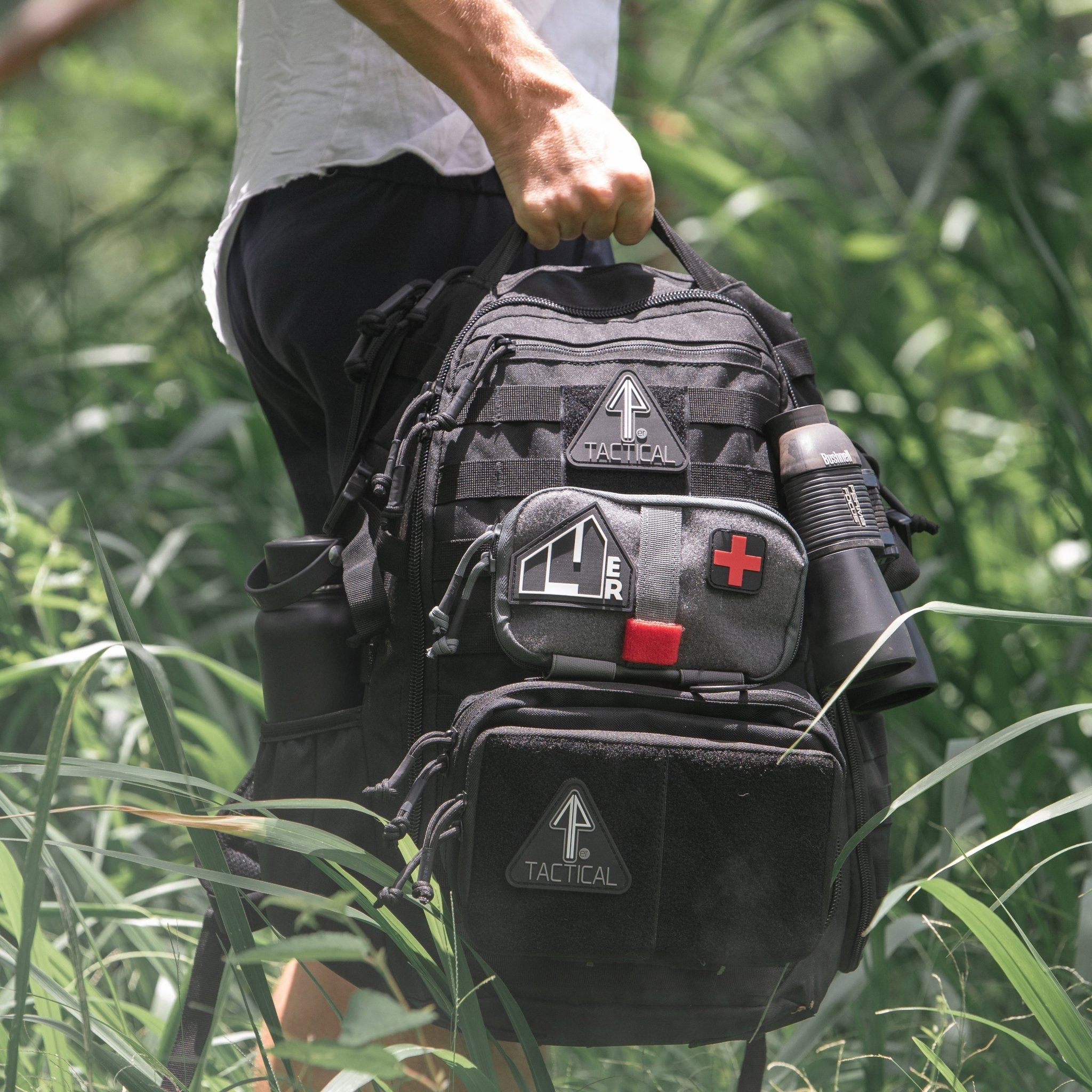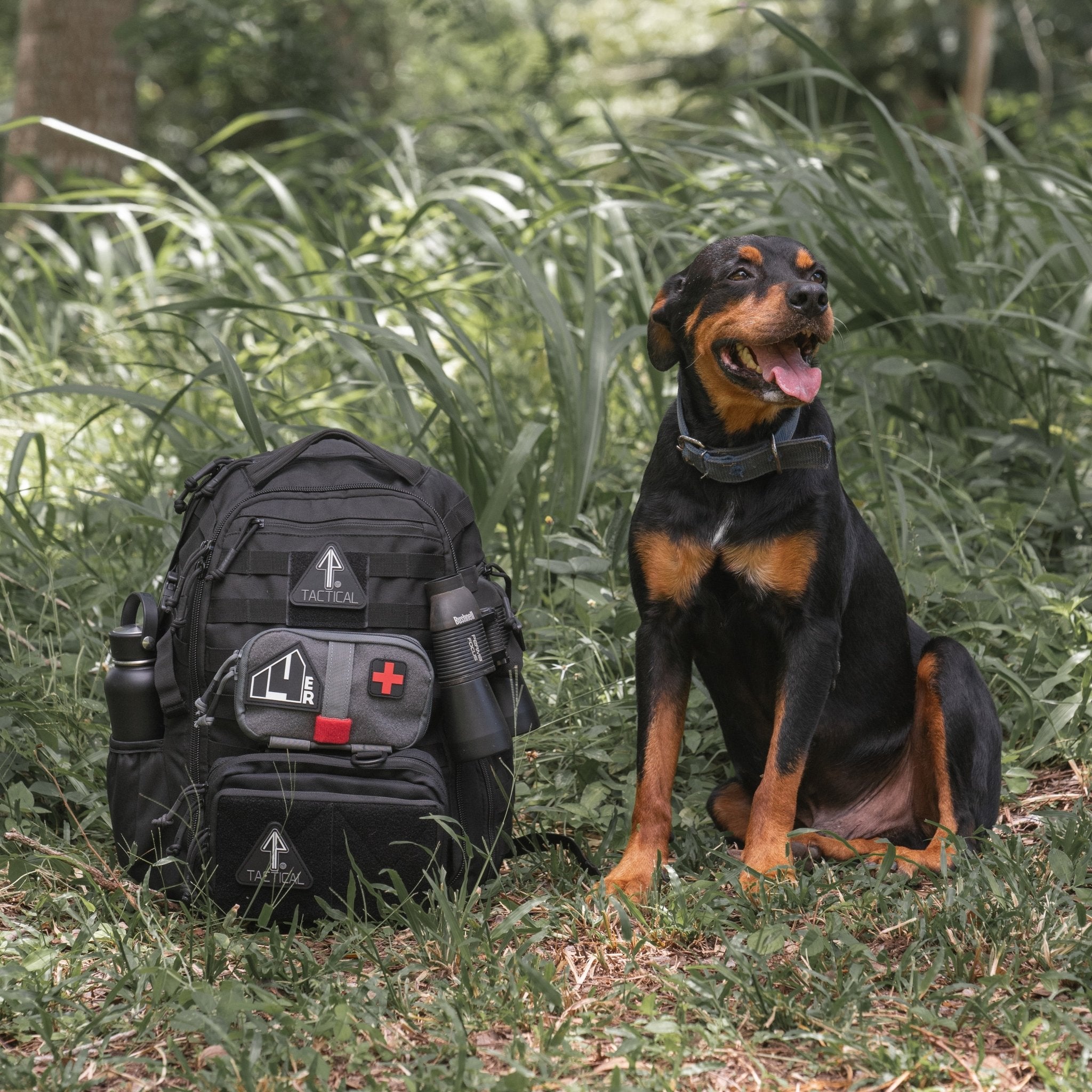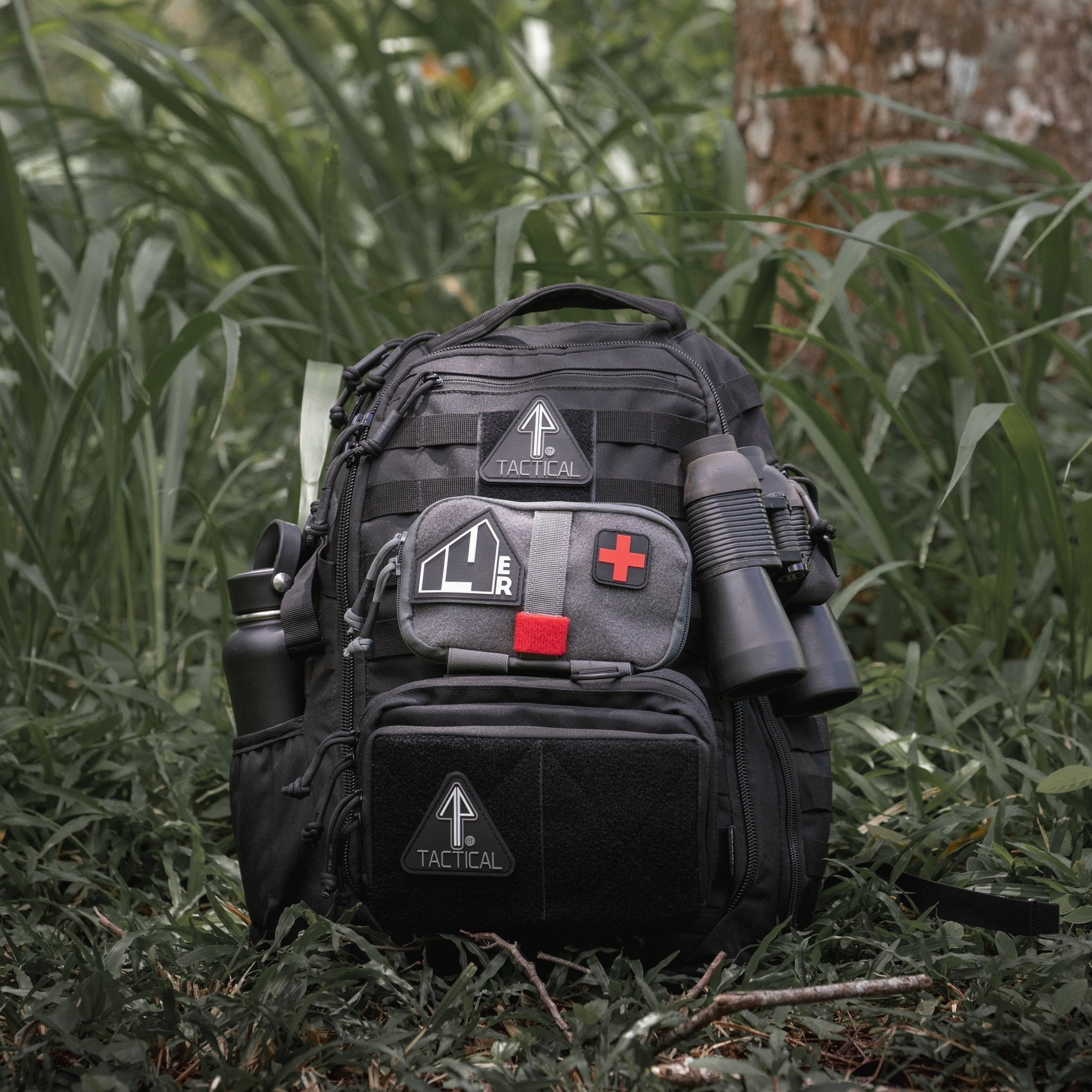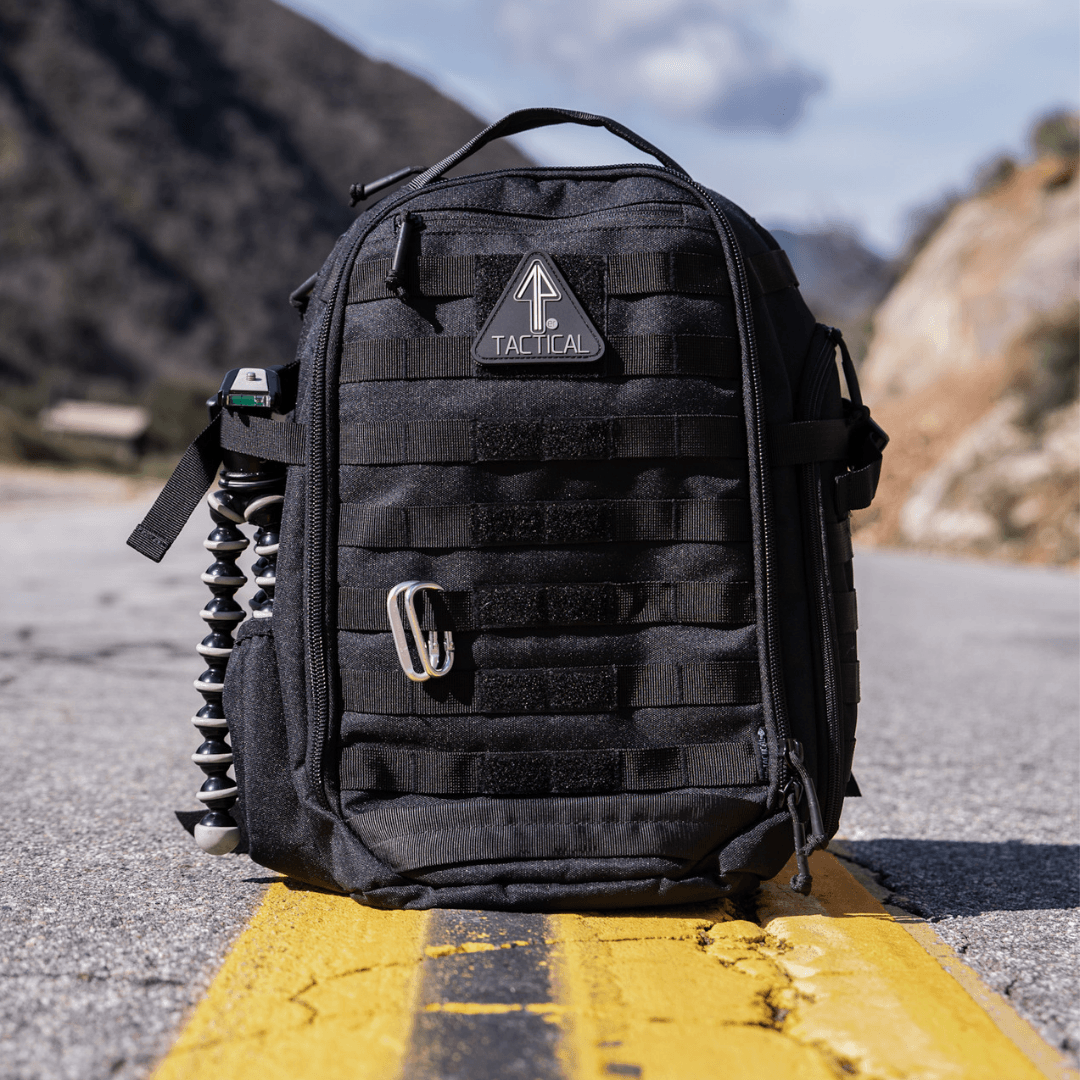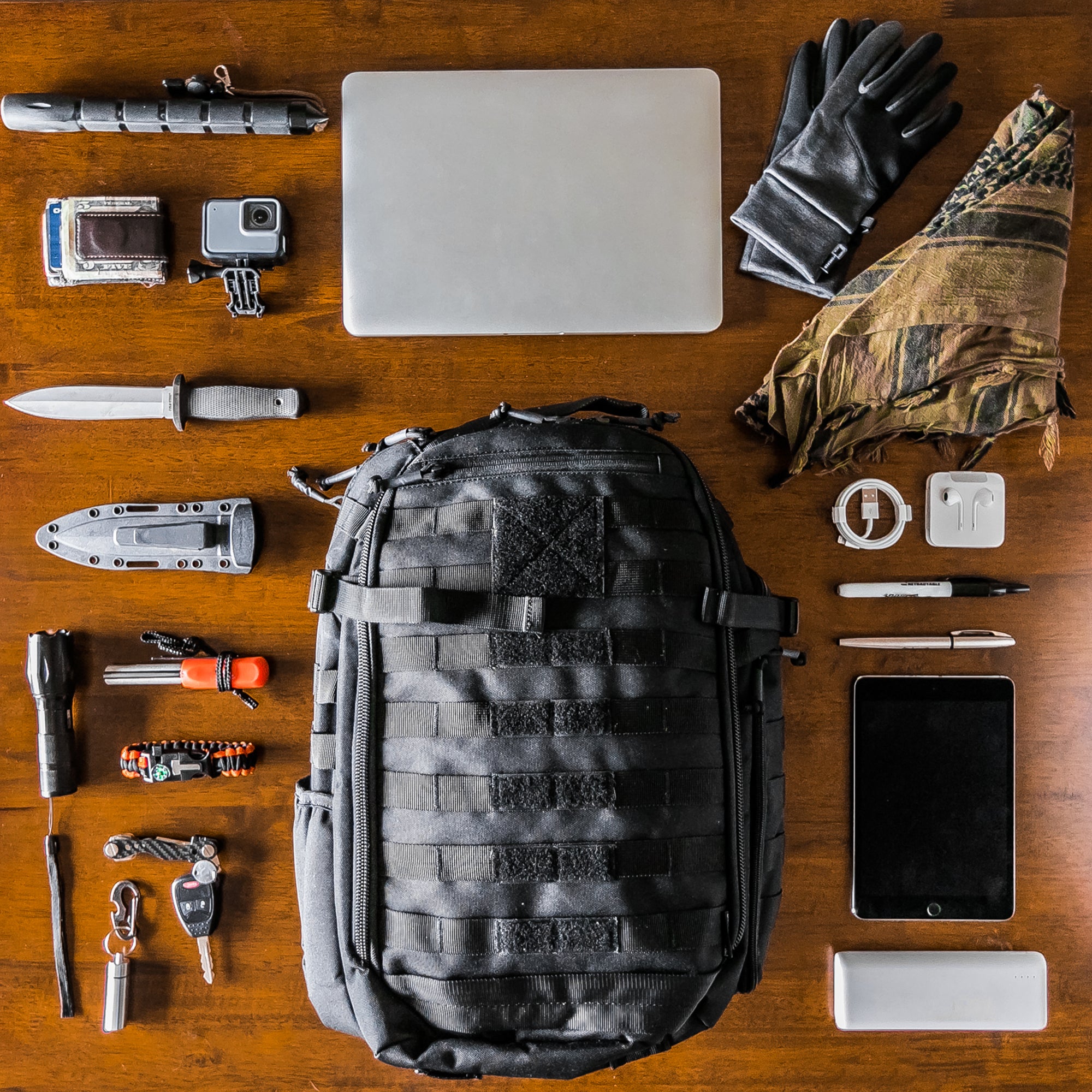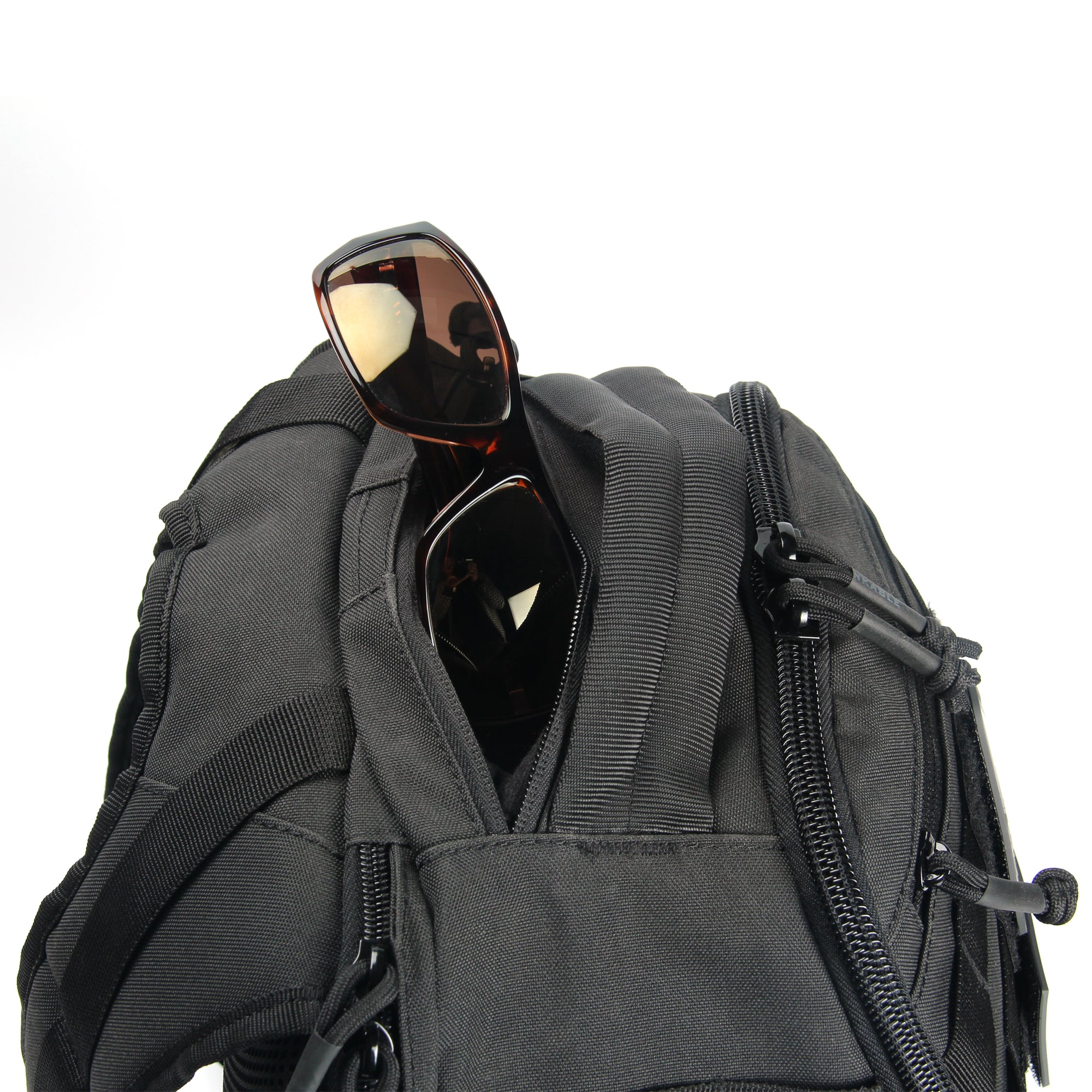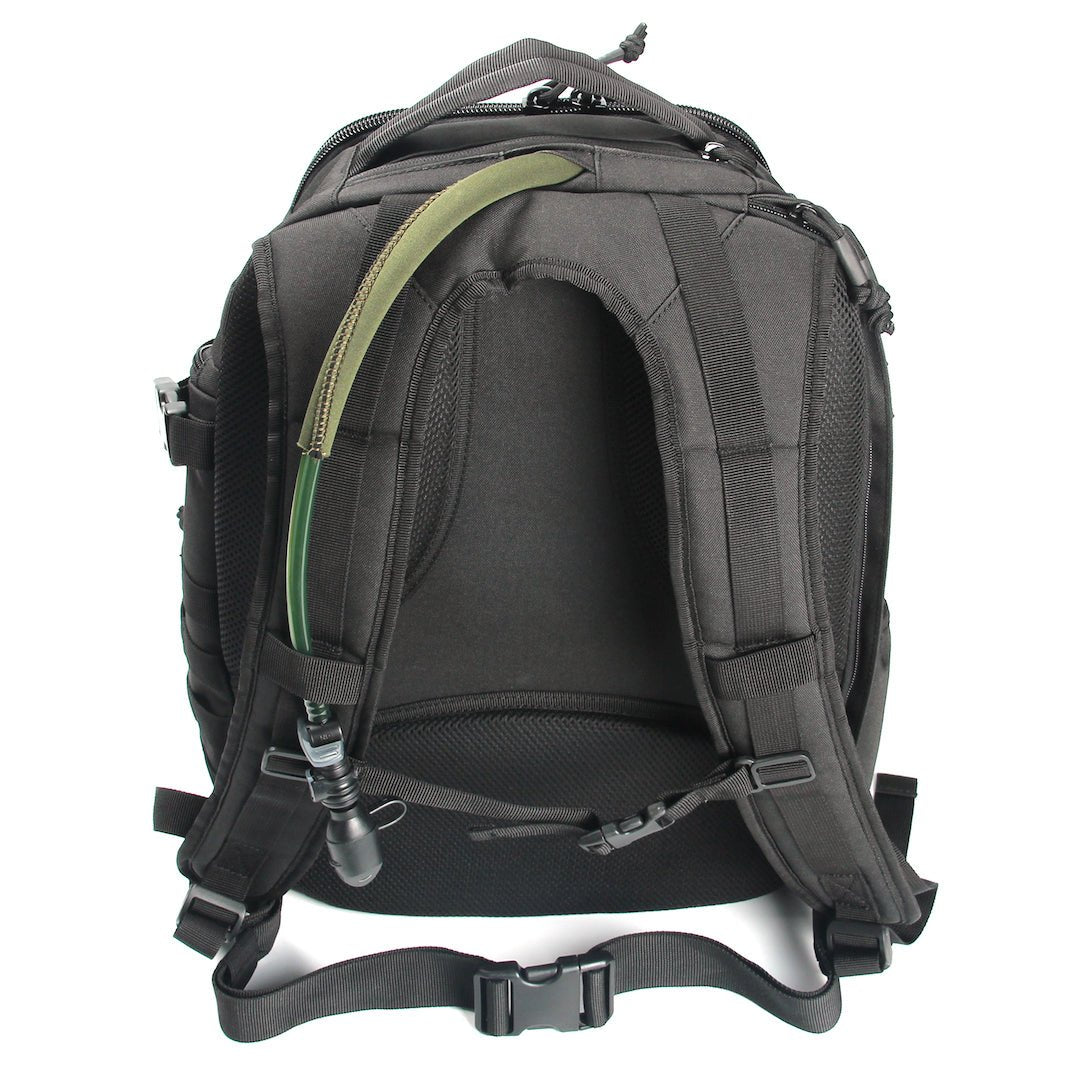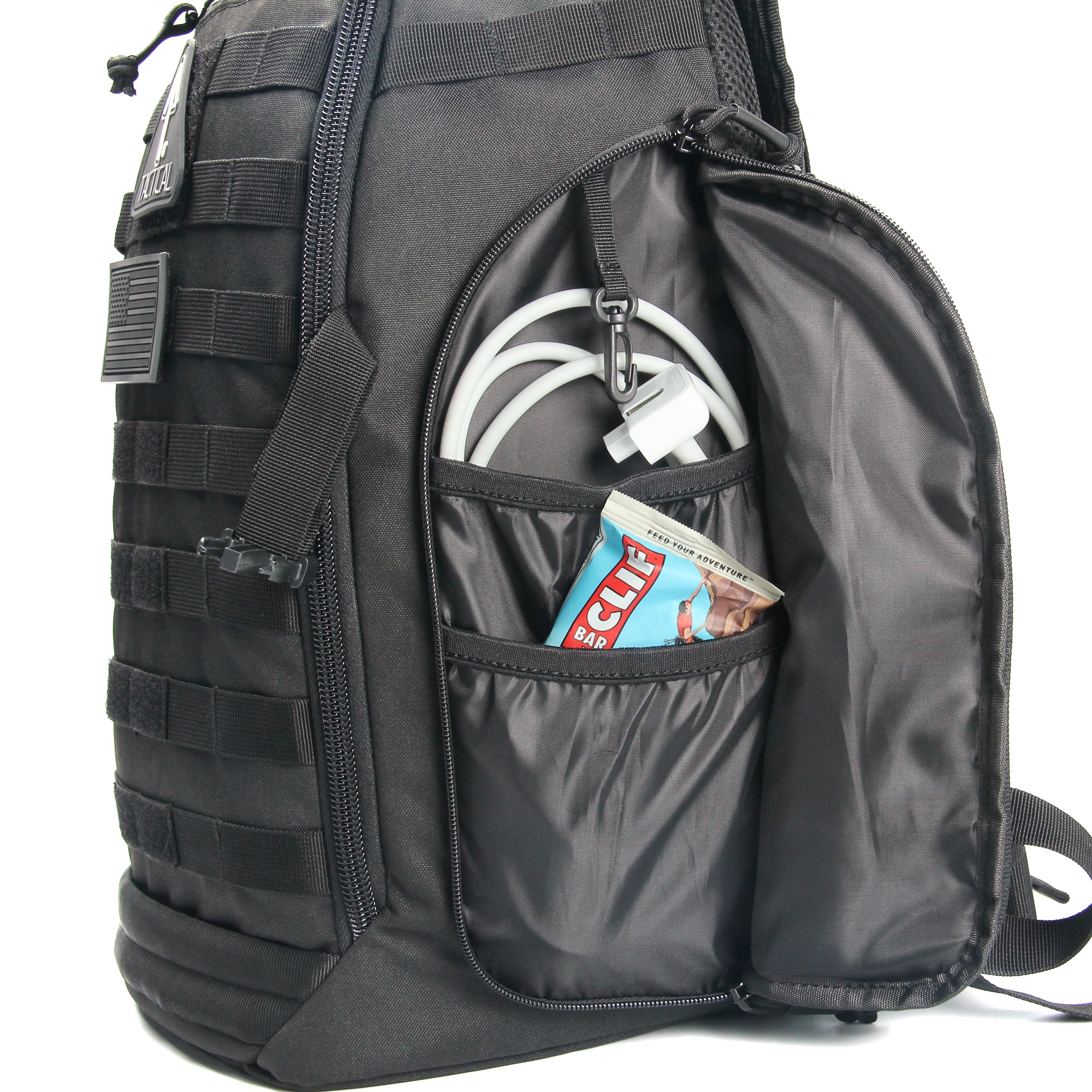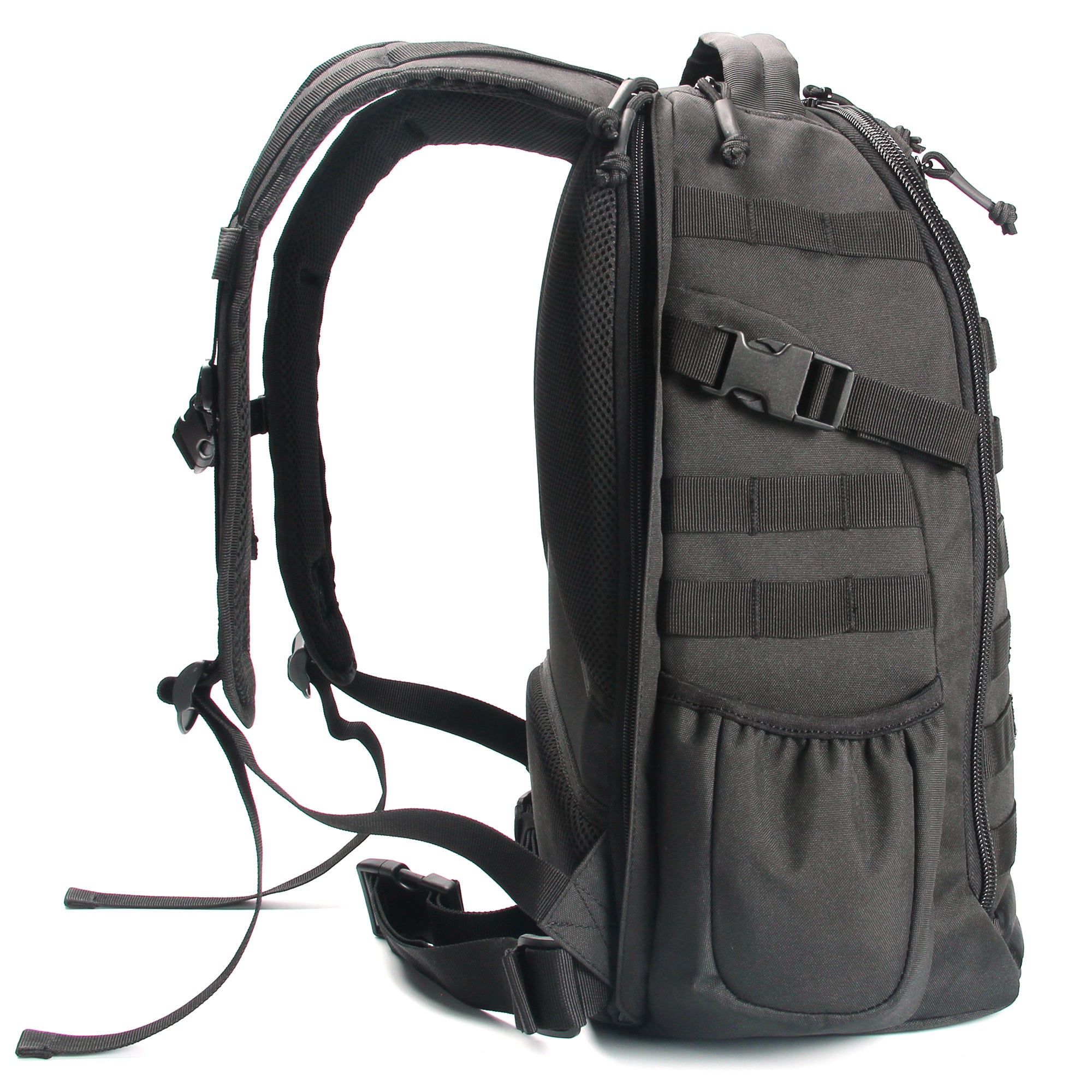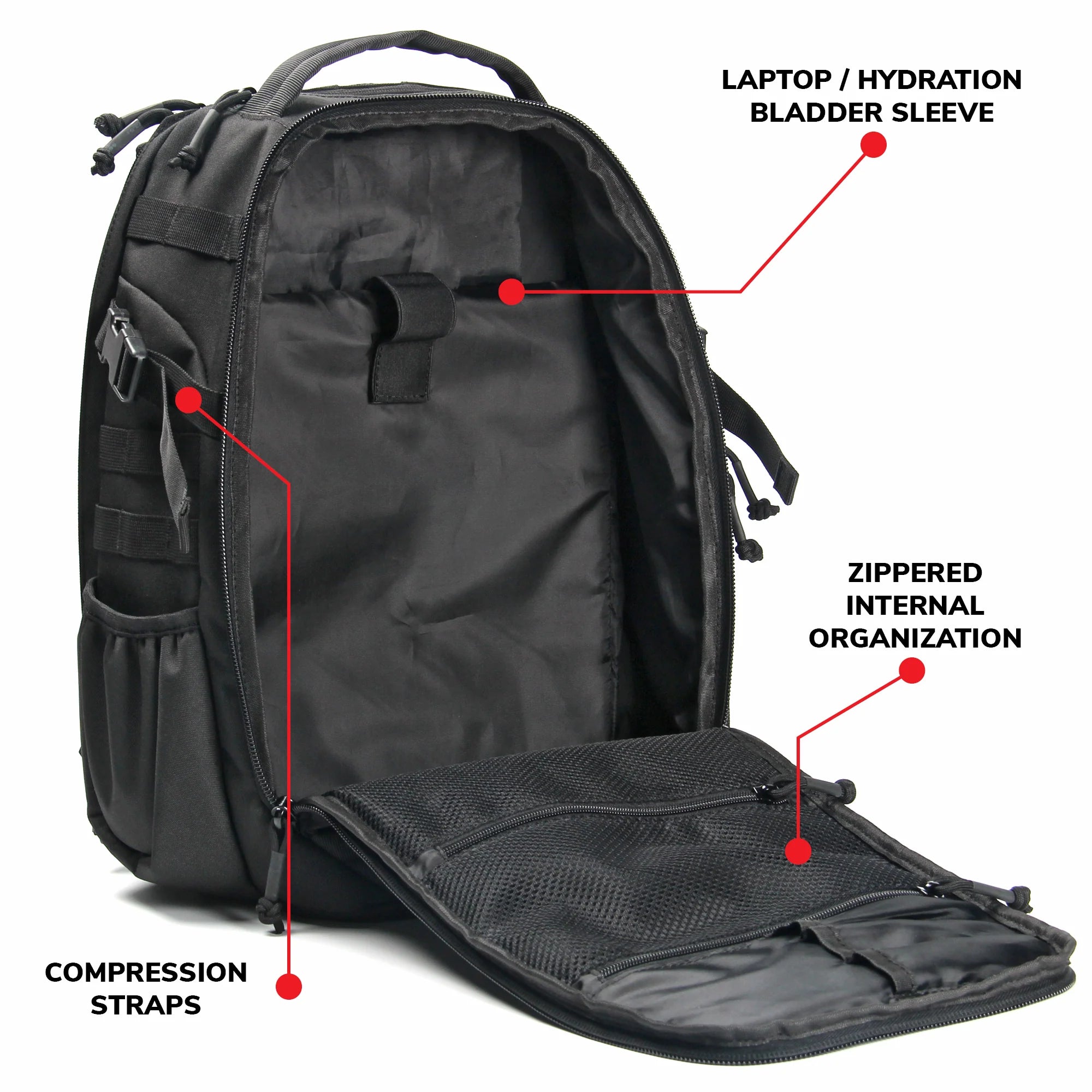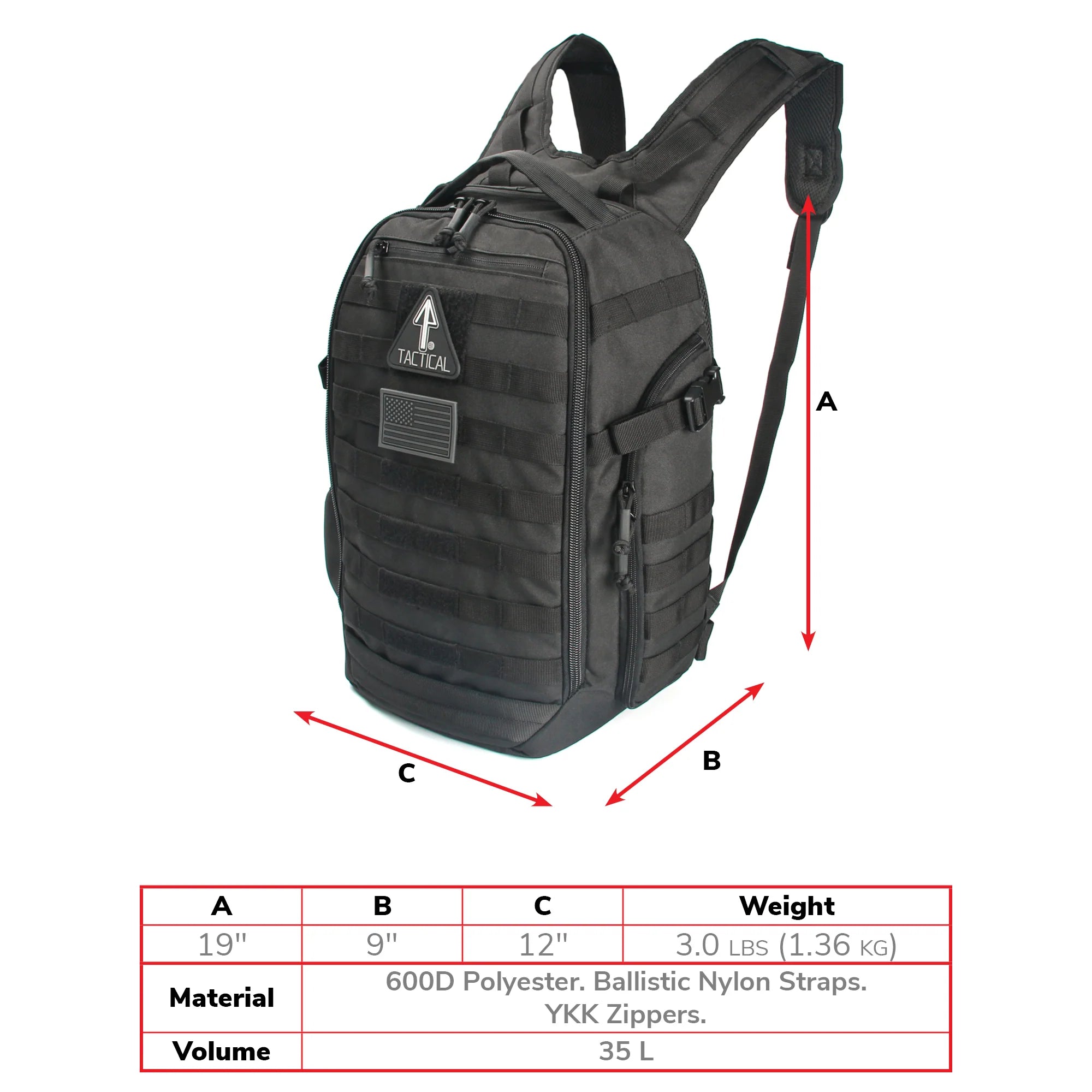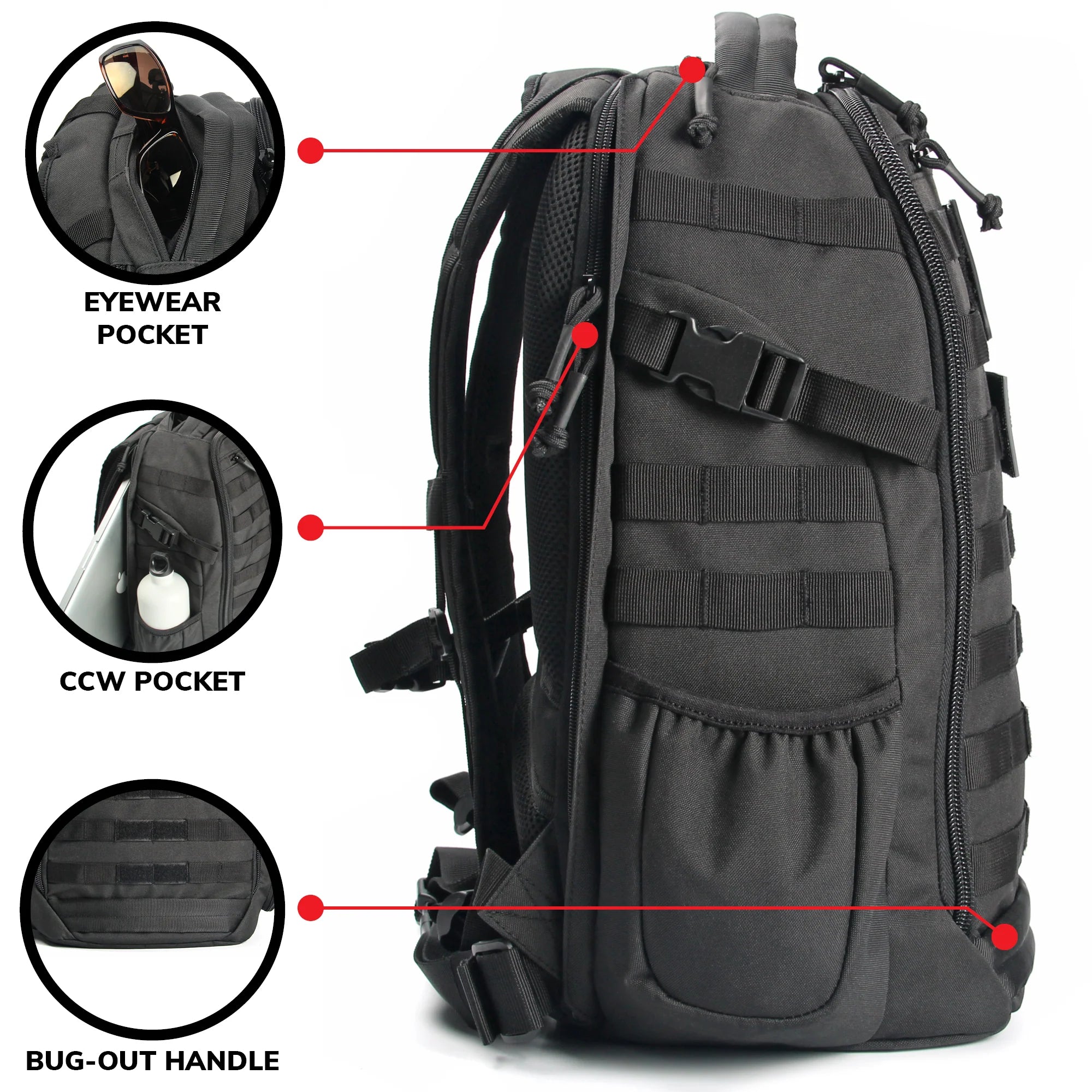
A powerful tornado ripped through Little Rock, AK in March 2023. Then in April, massive rainfall caused disastrous flooding in Fort Lauderdale, FL. Whether we’re prepared for it or not, catastrophe can strike and mess up our lives.
A prepper understands this and takes the steps required to ensure survival. Prepping and the tactical lifestyle go together like eggs and bacon. Not every tactical enthusiast is a prepper. The tactical lifestyle tends to be individual focused. Preppers are also concerned about the survival of their family and domicile—which would not be relevant to every tactical gearhead.
If you’re a prepper, though, you’ll benefit a lot from adopting a tactical mindset and getting the appropriate equipment. This guide will help you learn what tactical gear to use as a tactical prepper in 2023.
What Is Prepping and What Tactical Gear Should You Have?
If you’re not a prepper, you may be wondering—what’s it all about? To keep it simple, it’s all about survival. A prepper has a survivalist mindset that anticipates one’s vital needs in the event of a large-scale disaster.
Prepping is especially concerned with one aspect of survival: being able to live off the grid. If you should get cut off from power, water and standard communications, what are you going to do? Preppers will have an answer to that.
The forward-thinking tactical prepper will also set up a secondary shelter apart from their home. Depending on the type of catastrophe, remaining at home might become an unsafe choice. So it’s vital to have another place of shelter prepared in advance.
A “bug-out bag” is an important piece of gear for any prepper. Also known as a tactical go bag, this is a pack containing survival supplies that you can quickly grab in case of evacuation. With the supplies in the bag, you can expect to survive long enough to reach your prepared shelter—or several days out in the open, if necessary (72 hours at a minimum).

Why You Need a Bug-Out Bag and What to Pack in It
According to The Strategist, most preppers have at least two bags readied for bug-out situations: a three-day bag and a two-week bag. The first is much more lightweight, carrying no more than what you need to survive three days out in the open. You can easily use a 14er Tactical Backpack to hold all the supplies required.
What should you put in the bag? Let’s make a list of the most important supplies. Water, food and shelter count as essential items. You should include close to a gallon of water, divided into separate containers. For food, stock up on nutrient bars. For shelter, you’ll want to at least have a survival blanket that can keep you warm. A compact sleeping bag would be good to have, too.
First aid supplies are very important. You should keep them in an IFAK pouch attached to the outside of your bug-out bag. Ideally, you should use a bag that handily accommodates an IFAK pouch attachment—such as the 14er Tactical Backpack that pairs excellently with the 14er Tactical IFAK Pouch.
Other supplies to pack include a fire starting kit, protective gear, a utility knife or multitool, a flashlight or headlamp, a map or navigation tool, a shortwave radio, and a power bank or solar charger. In a major disaster, you’ll probably want to bring a firearm. That’s why a tactical backpack is ideal. It’s designed for carrying a handgun in an accessible manner.

Bag and Gear Options for the Tactical Prepper
The prepper’s best bag option has gotta be a tactical backpack of modular design. This modularity allows you to customize the backpack by adding or removing compartments and pouches. The 14er Tactical Backpack provides a good example of this modular system.
Aside from the tactical prepper’s bug-out bag, additional bags should be readied for other purposes. A “get home safe” bag is used when a prepper is spending time outdoors, perhaps camping or hiking. Also known as a survival kit, a get home bag contains supplies you need to survive in the outdoors long enough to get rescued.
The get home bag can be loaded with the same supplies you’ll carry in your regular hiking pack, including the Ten Essentials for outdoors adventure. But since you’ll already be carrying some form of shelter, sun protection, rain gear, navigation tools and a knife or multitool, you probably don’t need to replicate those in the get home bag. It’s better if you do, in case you need to ditch your hiking pack and rely only on your survival kit. That’s a less likely scenario, though.
What your get home bag should contain is extra water, extra food, an extra first aid kit, batteries and any medications you require. These are all items that can get depleted over the course of your outdoors trip. The extras should be packed in the get home back and not touched unless you encounter a survival scenario.
The Need for an Urban Bug-Out Bag
If you live in the city, you’ll definitely want to prepare an urban bug-out bag. If you live in the country, you’ll want to bring along an urban bug-out bag when you’re staying in a city. Once again, a tactical backpack makes an excellent go bag option for this purpose.
What’s the difference between an urban bug-out bag and a regular one? The urban variation is simply a tactical go bag adapted to a city evacuation scenario. The tactical assessment of metropolitan disaster scenarios will lead to different survival strategies compared to an event in the countryside or the wilderness.
A disaster in a city may expose you to particular risks, such as falling building debris, shattering glass, downed power lines and stampeding crowds. On the other hand, you may find it easier to locate sturdy shelter and scavenge supplies like food and water from abandoned areas. (Do not loot—that is an act of pure self-gain, not close to the same thing as scavenging as a survival need.)
The tactical gear you prep should account for these risks and opportunities. For example, prepare a set of work gloves you can wear when shifting debris, and a reflective safety vest to keep drivers from running their car into you. If you have a bag like the 14er Tactical Backpack, you may even be able to carry a firearm, depending on the concealed carry regulations of the city concerned.


